Micro-influencers make the Instaworld go ‘round. They are the army of social media users who don’t have millions of followers – or even hundreds of thousands of followers – but they know how to communicate with and get their followers to take action. And that’s what’s important.
In this post, I want to break down for you who micro-influencers are in 2019, the value they bring to brands and marketers, and specifically how you can best leverage the power of micro-influencers in your next campaign.
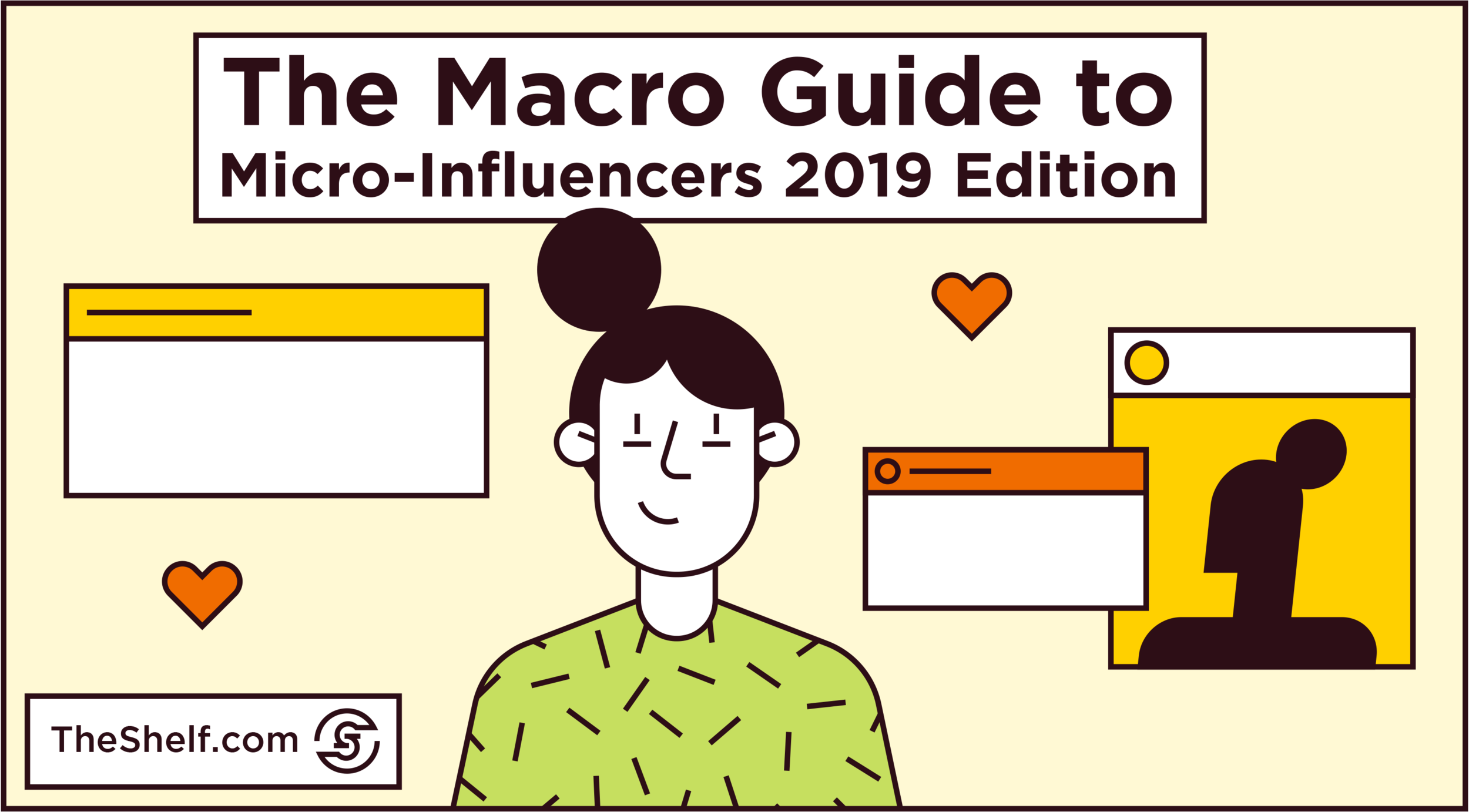
Remind Me Again… What is a Micro-Influencer?
Okay. Okay. Okay.
Dr. Jonah Berger defines influencers as: Individuals who work in their category or are truly knowledgeable, passionate and authentic and are seen as a trusted source when it comes to recommendations for what to buy.
That’s a pretty comprehensive definition, I think. But just as there are levels of influence there are tiers of influencers. Influencer subcategories (like unfluencer, nano-influencer, micro-influencer, macro-influencer and mega-influencer) are defined primarily by the size of the influencer’s audience.
For several years, marketers agreed (for the most part) that social media users become micro-influencers when they grow their followings to at least 3,000 users. But with the growth of the nano-influencer, the definition of micro-influencer has changed a bit.
Today, nano-influencers are those with followings between 1,000 and 10,000 followers. Micro-influencers now have between 10,000 and 50,000 (to 100,000) followers. But it really does depend on who you ask and when you ask them.
For most brands and marketers, the most important thing to know about micro-influencers is that they typically have tens of thousands of followers as well as good, consistent engagement ratios. That’s the important part.
The Micro-Influencer vs Joe Blow
Before you roll your eyes and say “That’s not enough followers”, I want to make sure brands and marketers are giving proper credence to these numbers.
I saw a stat just today on Work Macro that said the average Instagram user has 150 followers (jaw drop!). According to Brandwatch, the average Facebook user has 338 followers and Twitter users average 707 followers. Jeff Bullas lists the average number of LinkedIn connections as 930 per user.
Now, I think the Instagram one’s skewed a bit because a lot of Facebook users have Instagram accounts that Facebook automatically created for them and many of these accounts have gone unclaimed (though I was surprised to see my octogenarian uncle Charles claimed his IG account and posts regularly – he’s the exception, not the rule.).
So, that number on Instagram may be a little higher for active users. Still, if you look at the average number of followers the typical social media user has across the other three major platforms, you can place a pretty safe bet that the average Instagram user (including Uncle Charles) has less than 1,000 followers.
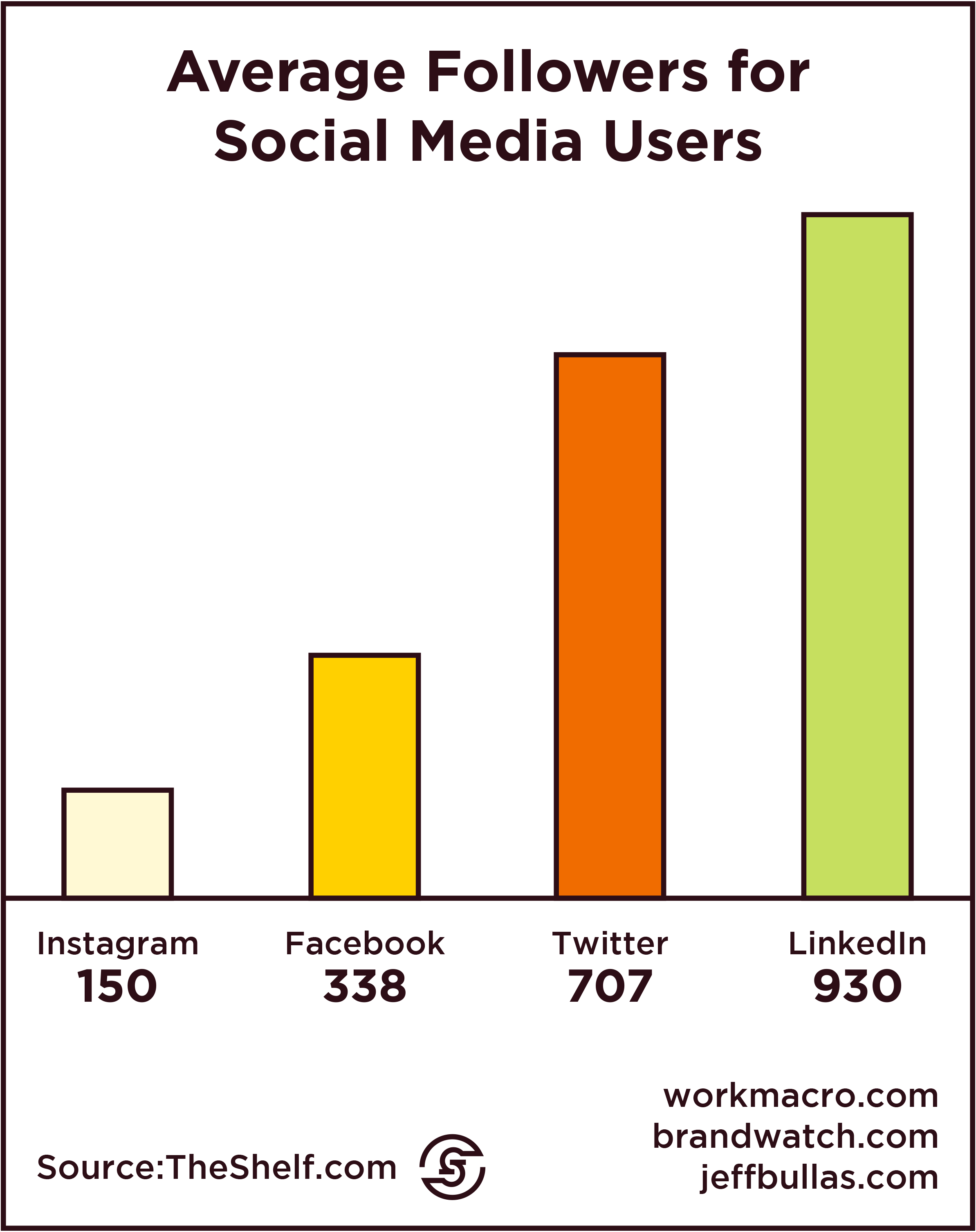
I said all of that to say this:
Legitimately achieving the status of micro-influencer is an accomplishment that required a substantial investment of time, money and other resources from the influencer.
For all the ra-ra, very few social media users achieve the designation of macro- or mega-influencer. Only 1.6 percent of Instagram users have between 500,000 and 1 million followers. Greater perspective – the total number of Instagram users with more than 50,000 followers account for just 8 percent of the all Instagram users.
So, while our constant chatter about influencer marketing may make it seem like every mom you meet is an Instafamous mommy blogger, it’s just marketing.
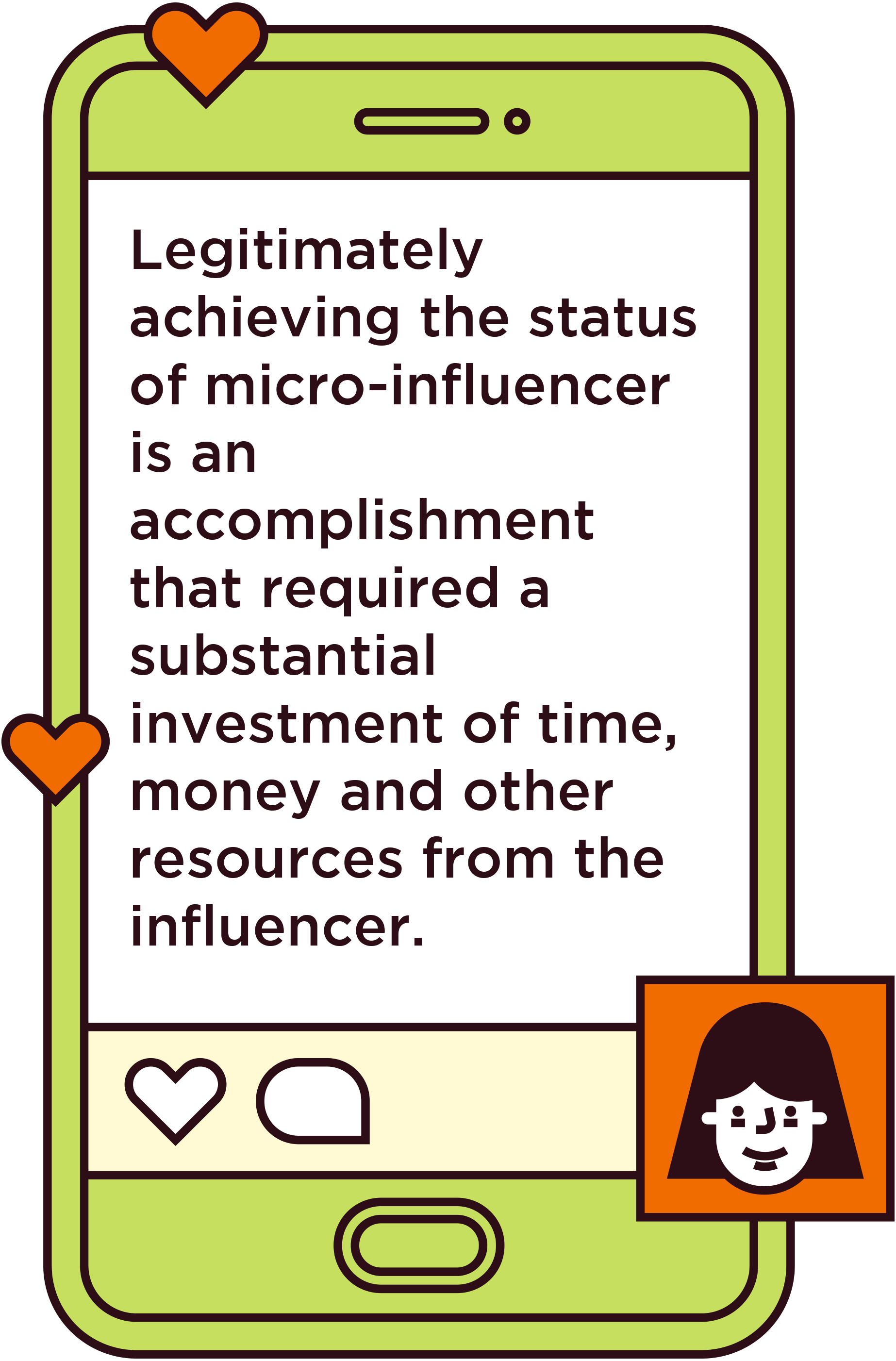
The Benefits of Partnering with a Micro-Infuencer
Coming out the gate, a lot of brands and marketers gravitated toward the biggest influencers they could afford for their campaigns. Makes sense – if you want to reach the most people with your message you have to go wide. And targeting went by the wayside.
But marketers quickly figured out that even the most eloquent influencer campaign will fail if it’s targeting all the wrong folks.
So, the goal became finding ways to make influencer campaigns more effective at drumming up ongoing engagement.
There are a few things about micro-influencers that can really shape an influencer marketing campaign so it has more impact.
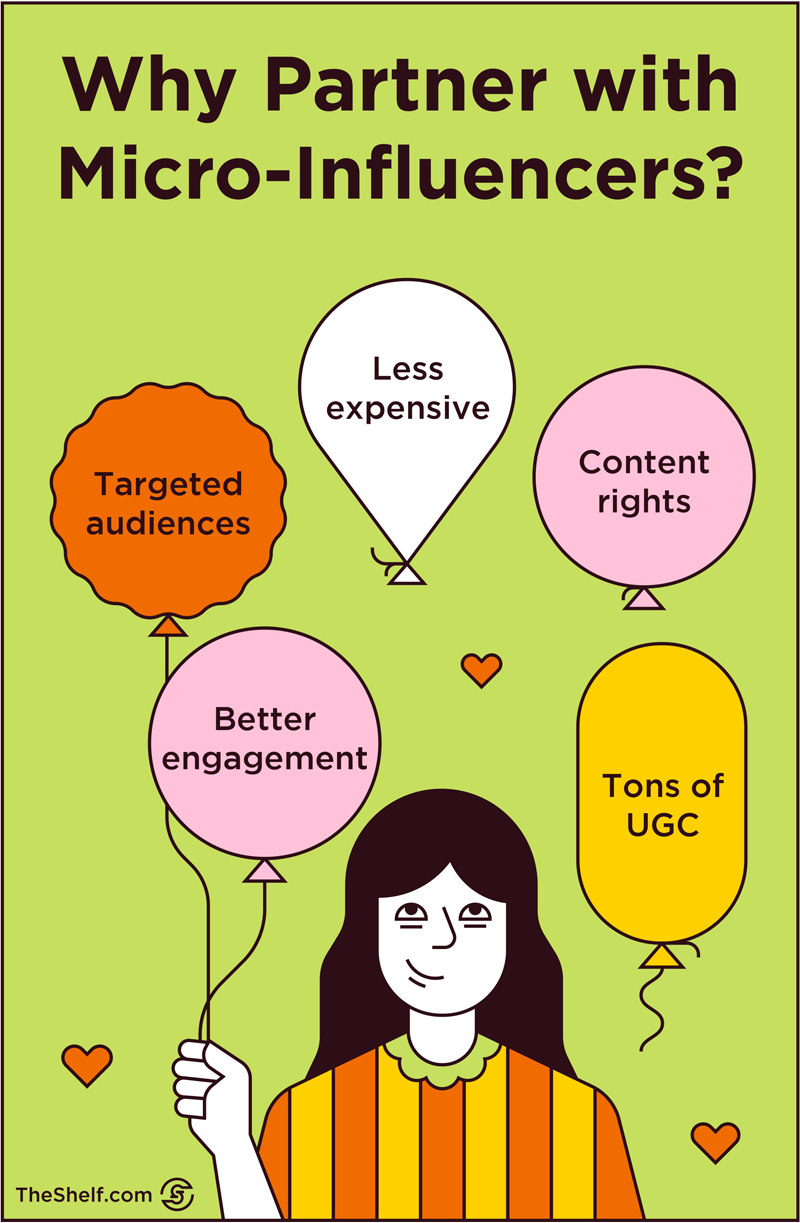
Micro-Influencers Have More Targeted Audiences
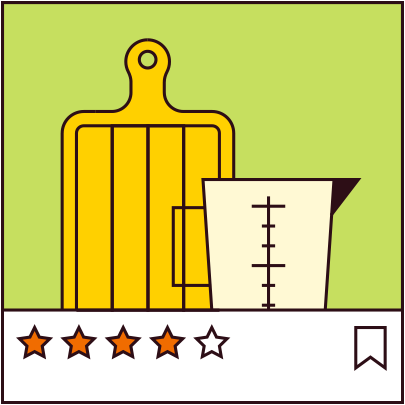
Micro-influencers tend to create content consistently about the same topic, whether that topic happens to be meatless recipes, special effects makeup, or being a #girlmom x4.
In fact, one of the key recommendations for anyone starting an Instagram account with the intention of growing (and possibly monetizing) their audience is to focus on a specific topic or vertical so followers know what to expect from you.
Ugh. What if I want to talk about other stuff?
Well, that’s cool, too. It’s not really about putting you in a box, BUT think about how and why you follow accounts on social media: You typically won’t follow an account with no profile picture, or no posts, or random images of women and seascapes or whatever. You follow accounts that make sense to you.
In social [media] situations, users want to understand the VALUE an account delivers BEFORE they will follow it. So, for micro-influencers (just like for small businesses), specializing in one thing helps you get really good at storytelling in that vertical AND helps people get what you’re about. Bottom line: You need to be relatable.
As influencers become more well-known and attract more followers, we’ve seen it where they’ll start exploring other topics (lifestyle influencers). But in general, people follow other people on Instagram, Pinterest, Twitter and Facebook to get a specific type of content.
For instance, I like @Zurifx because it’s fun to scroll through her pics. But most of the accounts I follow are either about business or about being a mom. That’s my language. Still, this is pretty cool.
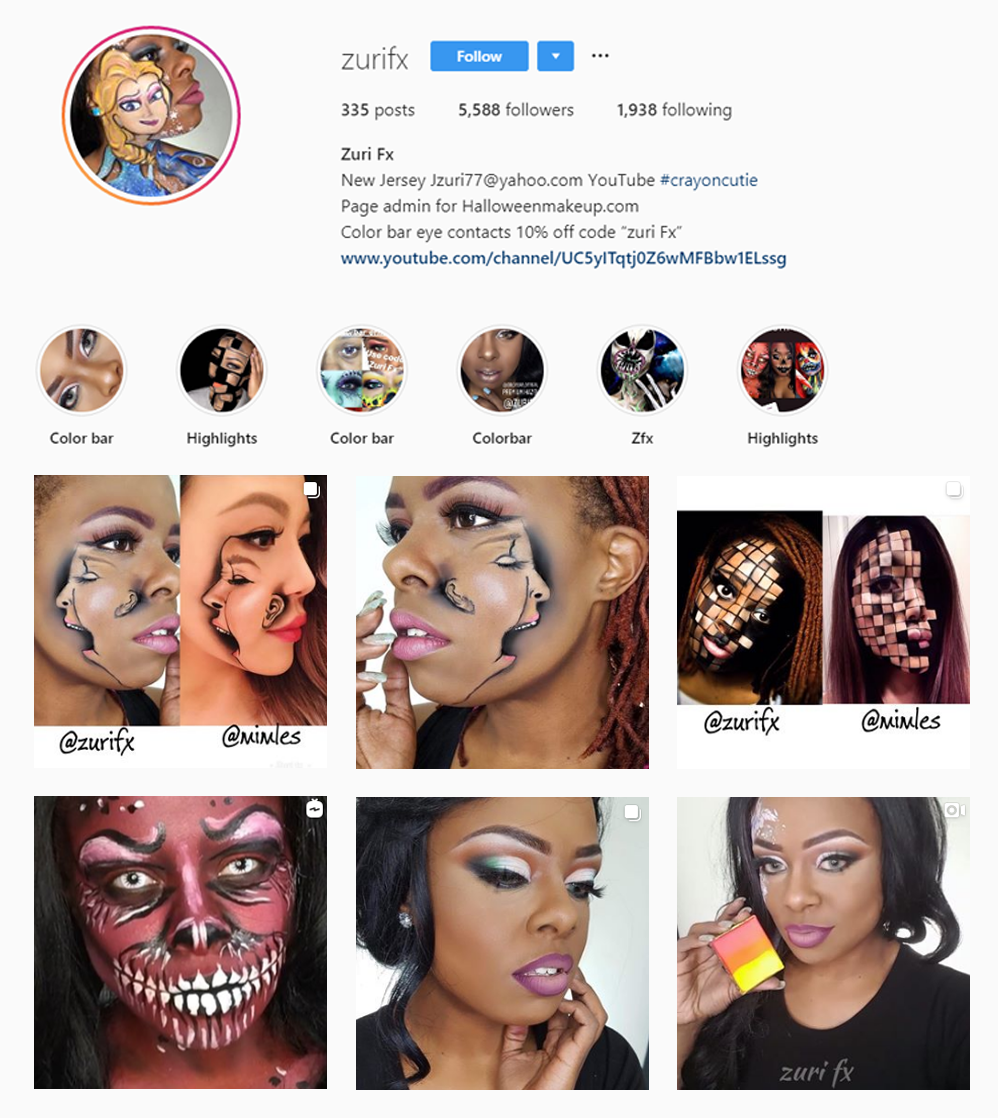
There are cross-sections like that within the audience of every single influencer – people who think that one thing an influencer does is pretty cool, even if they are generally interested in something altogether different. I’m not super into special effects makeup, but I’m fascinated by Zurifx is able to create with it.
My thing is more topics that directly relate to moms of school-aged kids like home decor, healthy snacks for kids, working from home, successfully momming… those are the types of accounts that appeal to me. I’m also partial to hustle culture and marketing info. But here’s the thing…
Were a situation to arise in which I need this kind of makeup, Zurifx’s page would be my go-to for sourcing ideas, tips for creating different looks, and product recommendations.
Micro-Influencers Tend to Have Higher Engagement Ratios

Micro-Influencers with smaller follower numbers typically have higher engagement ratios than larger influencers who may have hundreds of thousands of followers. The primary reason for this is just what we talked about before – niche content.
Niche content draws a niche following of people who talk about the same things, are excited by the same things, and who can create dialogs within the community around a single post.
This post from @keto.nation_ generated more than 3500 Likes and 250+ comments about keto-friendly ice creams. But if you look at the type of comments made, you’ll probably get a better understanding of what I mean by followers creating meaningful dialog around a single post.
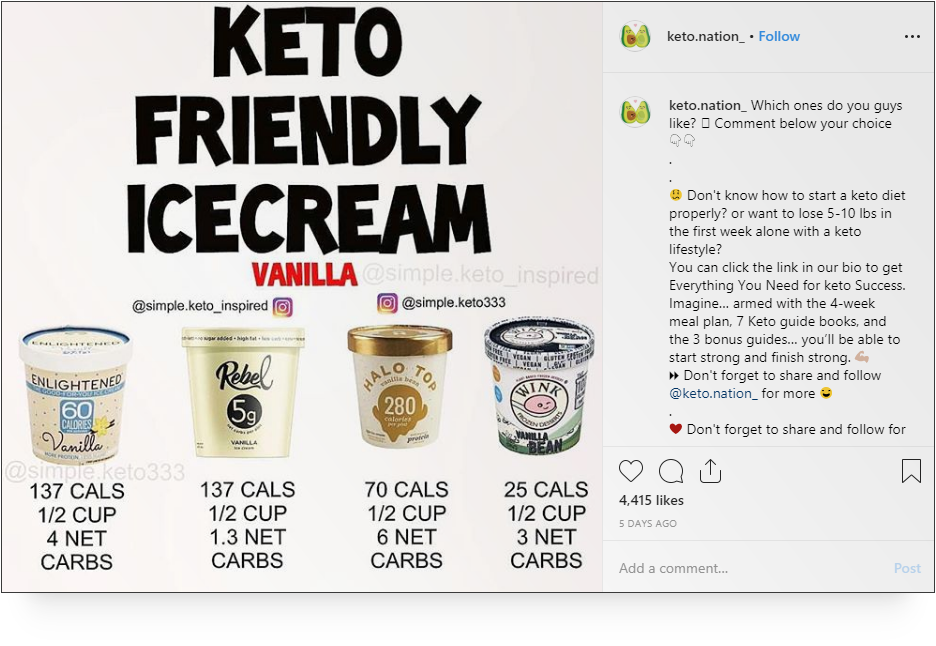
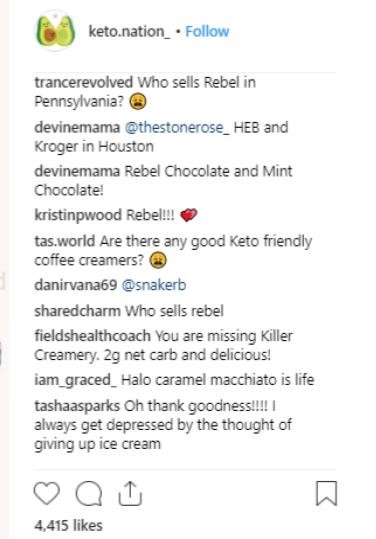
The larger an influencer’s following get, the more diverse the audience becomes. I’m not even talking about influencers who buy followers and how weird those audiences turn out to be. But for someone who has put in the work or someone who’s taking their existing following to Instagram or one of the other social media platforms, the larger that audience is, the more diverse and less targeted the audience will be.
Micro-Influencers Cost Less

One of the most obvious advantages to partnering with micro-influencers instead of larger influencers is the cost. A micro-influencer will typically charge less for the same type of content than macro and mega influencers.
Note: I made that distinction because different content types demand different rates – YouTube is going to be more produced and thus more expensive than Instagram Stories, for instance. And video will typically cost more than pictures.
Micro-Influencers Are UGC Machines

One of the most valuable products of any influencer campaign is user-generated content. We find that MOST of our clients include UGC as one of their campaign goals. When that’s the case, we will typically recommend using micro-influencers to give brands a wide variety of UGC from lots of different influencers. That variety is important, especially if brands want UGC to reuse across their own branded channels.
Why micro-influencers and not macro-influencers for UGC campaigns? Cost and output. For the amount of money brands would invest partnering with a single macro-influencer who would produce one or two pieces of content for the campaign, they can often use that same amount to bring in two, five, or even ten micro-influencers for the cost of a single macro-influencer.
It’s Easier to Get Content Rights

One of the HUGE things that a lot of brands don’t consider enough is getting the rights to their paid content. Now, Emily recently wrote a post on UGC rights and how important it is (and tough it can be) to get the rights needed to reuse your sponsored content on your own social media channels.
You may be surprised by the requirements and restrictions some macro-influencers will tell you about reusing content you’ve paid them to create. With micro-influencers, you are far more likely to be able to negotiate the right to use sponsored content across your own branded channels as well as in your PPC campaigns WITHOUT having to keep shelling out royalties to the influencer.
How to Vet Micro-Influencers
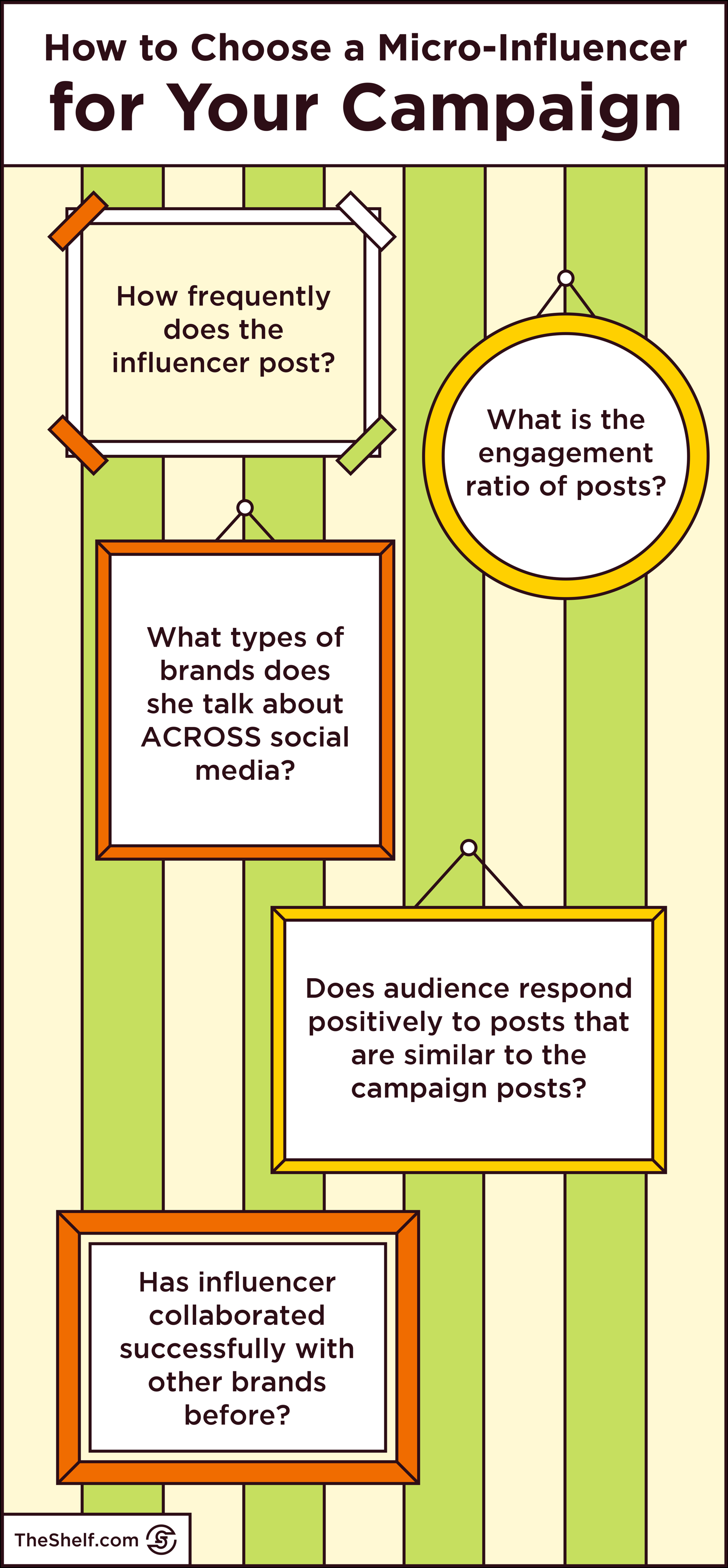
Finding the right influencer for your campaign is really about identifying the influencers who are most likely to deliver positive campaign results.
So, yeah… it includes stuff like making sure your influencer has good engagement and talks about the right stuff. But it also includes stuff like making sure the influencer you choose isn’t buying likes or blog traffic.
Of course, we’ve talked about this topic in a couple of different posts. Our Co-founder, Lauren deals with stuff like fraud detection, fake blog traffic, and fake engagement in the post she wrote How to Vet Potential Blogger and Influencer Partners.
So, let’s reserve this section for pointing out some of the qualities and assets your micro-influencer SHOULD have.
Influencer Is Posting Regularly
Like anyone, influencers get busy. Sometimes they take time off or will, for whatever reason, take a break from posting consistently. It’s not unusual to come across an influencer you like and discover she’s only been posting twice a month for the last few months. Happens.
But you want to make sure to partner with an influencer who is active on the platform where your campaign will be running. Remember… algorithms show posts from a platform’s users based on continued engagement. When people stop engaging with an account, it reduces the chances an influencer’s new posts will show up in everybody’s feed.
Engagement Ratio Tops 2 Percent
Look for influencers who maintain an average engagement ratio of at least two percent. For larger influencers, 1.5 percent is pretty standard.
I’ll be the first to admit, Instagram engagement isn’t what it used to be two or three years ago. As more and more users flock to the platform and Facebook pushes more to require brands to run paid ads to get the reach they need, it becomes less and less likely that droves of people will see branded posts.
But engagement is an important metric of actual influence because it gauges the responsiveness of both the influencer and his/her audience.
Brand Affinity Aligns with Your Target Demo
An influencer’s conversation on Instagram, Facebook, and other social platforms will tell you a lot about not just what the influencer likes, but also about the type of audience that your campaign will end up in front of.
So, you have to take into consideration not just which vertical an influencer occupies, but also which brands an influencer likes, which brands the influencer talks about, and which brands the influencer actually buys.
Take, for example, the screenshot below. The influencer on the left is hip and well-dressed, but her style of dress is edgier and will clearly appeal to a different demographic than the influencer on the right, who prefers a more professional style.
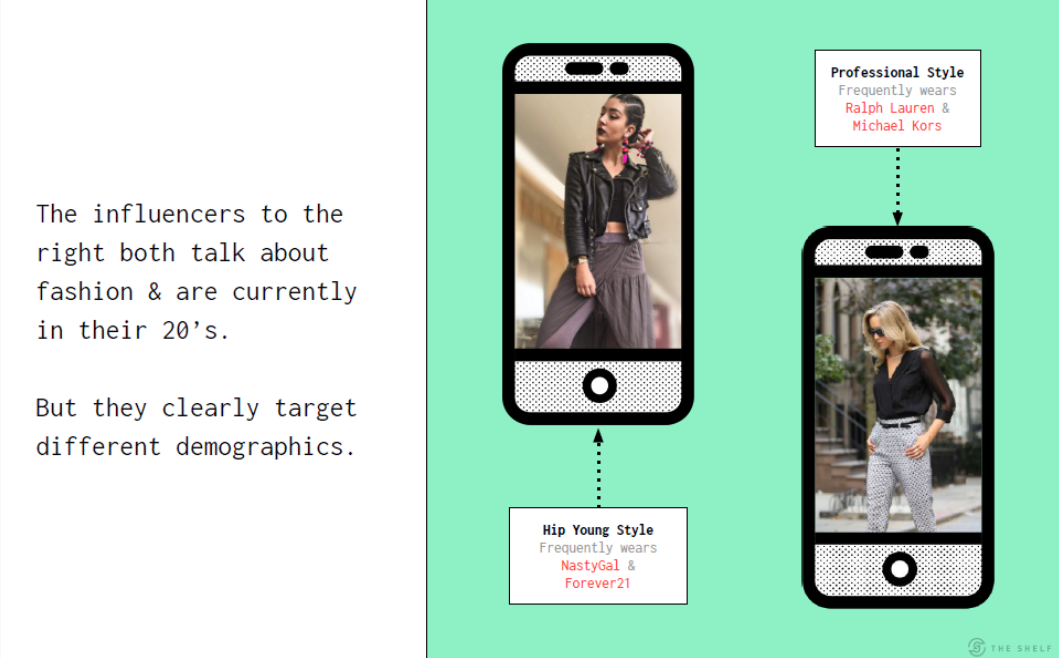
Successful Past Collaborations with Other Brands
While this isn’t essential, it can be a great way to gauge their suitability and professionalism. We recommend checking their feeds to see what posts they have marked with #ad or #sponsored and then review the content they created for these other brands. Is it the type of content you’d want representing your brand?
Positive Audience Sentiment
Earlier in this post I noted that people follow other people on social media for a specific type of content. One of my favorite micro-influencers on Instagram is @getupwithnards. I even had a picture of her on my pantry (where I keep all the carbs and foodstuffs) when I was trying to cut back my sugar and drop a little weight. Love her pictures and her advice.
I also follow
Best Campaigns for Micro-Influencers
I like this little graphic here because it highlights some of the most common goals for influencer campaigns. It also lets you know that influencer marketing isn’t just a one-trick pony designed ONLY to help you hype your brand.
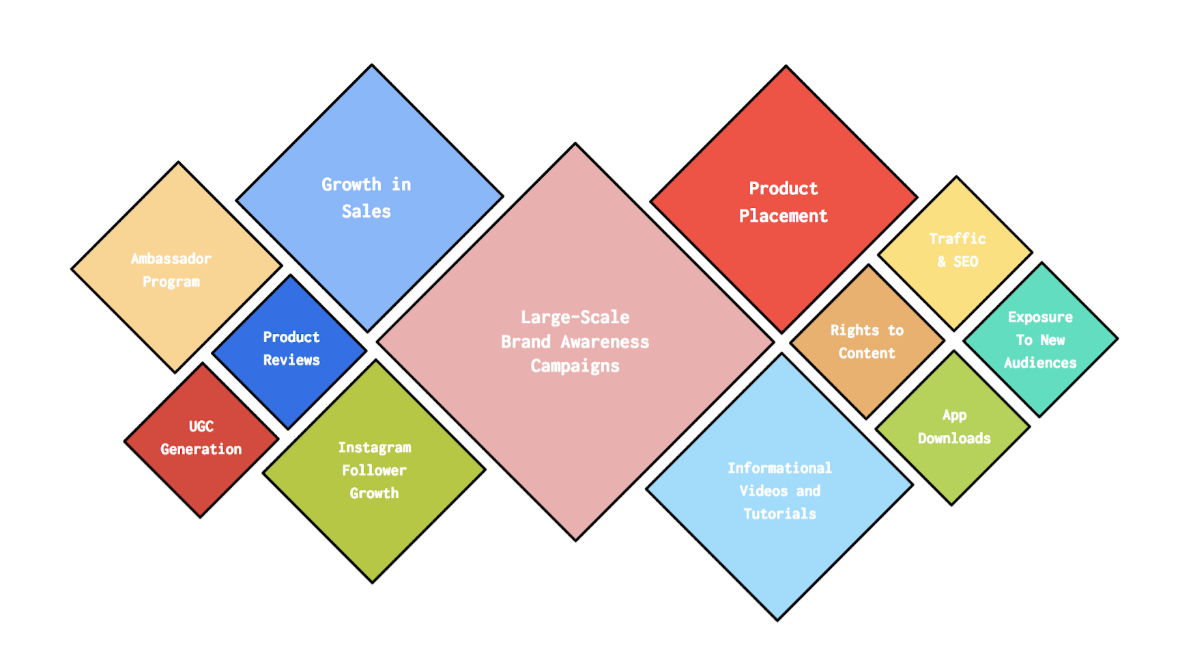
Targeted Awareness Campaigns
I will say that in general, if you need to cover lots of ground (like get your product in front of a few million people), going with a few macro-influencers would probably be more effective than choosing to work with a dozen micro-influencers.
But if your goal is to hyper-target multiple different demographics with personalized messages, going with micro-influencers who have follower counts in the tens of thousands.
For instance, let’s say you’re launching a budgeting app and you’re trying to increase downloads.
To get in front of older social media users, you may partner with two or three mature micro-influencers over the age of 40 to grab the attention of Gen Xers and at least one blogger over the age of 50 to reach Boomers.
You could partner with an influencer like Lola Celotti (@lolacelotti) whose feed communicates warmth, confidence, and a bit of a carefree vibe. She seems familiar, like someone most people would probably feel like they know.

And then there are over-50 style influencers like Caroline Labouchere (on Instagram @carolinelabouchere), an over-50 model, runner, and speaker whose accounts are designed to inspire.

Both types of influencer would effectively target older social media users. And the brand message for our hypothetical budgeting app may be something like, “Everything you want to know about your finances in one click”.
Well, that same app would be useful for young adults just starting out and those in their early 20s. So, for that same campaign to appeal to younger app users, a brand could partner with a phD student who is also an influencer and a speaker, or maybe a young scientist who is also a style influencer. Someone who is young, relatable, aspirational and BUSY would be the perfect person to position the app as a way to “Connect. Automate. And live your life.”
I came across Sarah Habibi on Instagram while I was seeing what the #phDstudent hashtag had to offer. She’s on Instagram as @science.bae… which is enough to make me click all by itself.

But she’s also funny, verbose (she writes loooonnnng captions), stylish, and embarks on some pretty cool adventures. Plus, she’s a speaker. It’s just all wins here.
So, there’s one campaign, sure. But in this case, using micro-influencers for this particular brand awareness campaign allows for targeting very different groups within your core demographic of financial app users.
Micro-influencers really help when it comes to zeroing in on a specific audience and crafting messages that resonate with that group of people.
Seasonal Campaigns

Micro-influencers are good at spreading the word about sales. So, using them to promote different products available during seasonal campaigns can be a powerful sales driver. Choose micro-influencers on Facebook, Instagram, Snapchat, and Twitter so your promotion shows up in audience feeds. Don’t forget to boost the most successful posts.
UGC Campaigns

Micro-influencers are great for getting tons of quality user-generated content when your goal is to build a library of social media content, marketing collateral and creative to use in paid ads.
Of course, you’ll get a lot more content AND DIFFERENT TYPES OF CONTENT by working with a virtual army of micro-influencers (as opposed to spending the same amount of money on two or three macro-influencers) to create content for YOUR brand that integrates the nuances of THEIR brand.
Let’s Wrap This Up
Can you believe it’s been seven years since influencer marketing became a thing? Of course, influencer marketing has a rich history and it existed years and years before we made a habit of posting pictures of ourselves taking pictures of… well, ourselves. But this current incarnation of influencer marketing – the social media-based one – is still relatively new, despite it feeling like we’ve been doing it forever.
Planning effective campaigns all boils down to goals-driven strategies. Working with micro-influencers is super-effective way to deploy strategies that will help you accomplish your marketing goals.



Leave a Reply